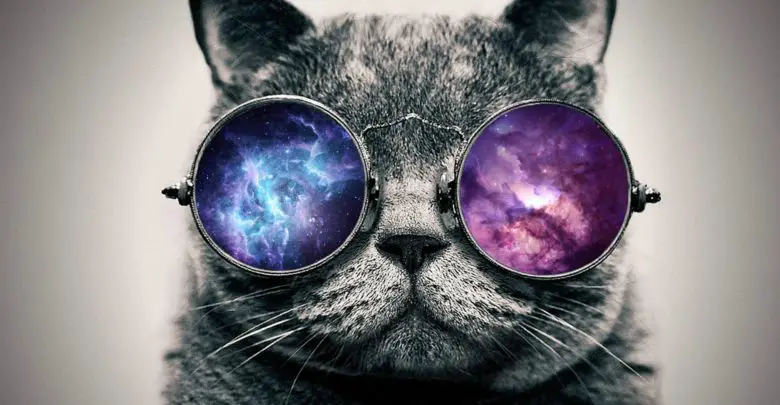Science Behind Different Types And Shades Of Tinted Sunglasses

All this time you were thinking of buying different tinted sunglasses for different reasons. Be it style, fashion, personal preference, or something else. But here is the thing, you never knew about it, every type of tinted sunglasses has a scientific reason behind it. Which lets you know what is the best tint for you and why.
Here are the facts behind every tint of sunglasses.
1. Gray Tint

It is the darkest possible tint for bright conditions. Gray tint provides minimum color distortion. It reduces brightness and protects against glare. You can wear lighter density glasses or gradient tinted sunglasses while driving and for daily use. The gray tint is mostly suitable for outdoor sports such as golf, running, and cycling.
2. Yellow Tint

Yellow tint increases contrast in hazy, foggy, and places with low light conditions. Unlike gray tints, yellow tints can cause distortion but they also make objects appear sharper indoors as well as outdoors. Yellow-tinted sunglasses are best for snow activities and indoor ball sports, it are widely used by shooters.
3. Blue Tint

Blue is a contrast tint and reduces glare from visible white light. White light is the light reflected from fog, mist, snow, or water. They are usually carried by tennis professionals and can be used while driving and reading.
4. Brown Tint

A slightly warmer version of the gray tint comes under the Brown tint category. Brown tint is good at blocking blue light out such as on a cloudy day. It improves contrast and depth perception. Best for lower light situations and games such as golf and skiing.
5. Amber Tint

Combination of yellow and orange tint makes Amber tint. Amber tint does all the functions same as to the brown tint. Besides that, it is best for sports that require acute visual perception and contrast differentiation.



